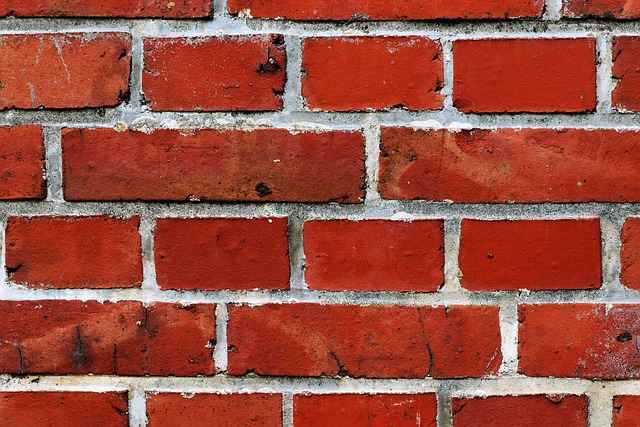
Preparation of bricks
Published on by Rashid Minhas
Average Read time: 1 minute 55 seconds
In Pakistan, the preparation of bricks typically involves several steps, ranging from sourcing raw materials to the final firing process. Here's a general overview of the process:
Sourcing Raw Materials: The primary raw materials for brickmaking include clay, water, and additives such as sand, ash, or lime. Clay is the main ingredient and is sourced from clay pits or deposits located near the brick manufacturing site.
Clay Preparation: The clay is excavated from the clay pits and transported to the brickyard. It is then cleaned to remove impurities such as rocks, debris, and organic matter. The clay is mixed with water to achieve the desired consistency and plasticity for molding.
Molding: The prepared clay is then molded into brick shapes using either manual or mechanized methods. Manual molding involves pressing the clay into molds by hand or using wooden molds, while mechanized molding utilizes brick-making machines that extrude or press the clay into standardized brick shapes.
Drying: Once molded, the bricks are allowed to dry before firing to remove excess moisture and prevent cracking during the firing process. Bricks can be air-dried in the open air or placed in drying chambers or kilns to accelerate the drying process.
Firing: The dried bricks are fired in kilns to harden them and enhance their strength and durability. Traditional brick kilns in Pakistan often use coal, wood, or other fuels as a heat source for firing. The firing process typically involves gradually increasing the temperature inside the kiln to several hundred degrees Celsius over several hours or days, depending on the type of kiln and the desired properties of the bricks.
Cooling and Sorting: Once fired, the bricks are allowed to cool inside the kiln before being removed. After cooling, the bricks are sorted based on size, shape, and quality. Defective or damaged bricks may be discarded or recycled back into the manufacturing process.
Packaging and Distribution: The finished bricks are stacked, packaged, and prepared for distribution to construction sites, retailers, or wholesalers. They may be transported by trucks, trains, or other means to reach their final destination.
Sourcing Raw Materials: The primary raw materials for brickmaking include clay, water, and additives such as sand, ash, or lime. Clay is the main ingredient and is sourced from clay pits or deposits located near the brick manufacturing site.
Clay Preparation: The clay is excavated from the clay pits and transported to the brickyard. It is then cleaned to remove impurities such as rocks, debris, and organic matter. The clay is mixed with water to achieve the desired consistency and plasticity for molding.
Molding: The prepared clay is then molded into brick shapes using either manual or mechanized methods. Manual molding involves pressing the clay into molds by hand or using wooden molds, while mechanized molding utilizes brick-making machines that extrude or press the clay into standardized brick shapes.
Drying: Once molded, the bricks are allowed to dry before firing to remove excess moisture and prevent cracking during the firing process. Bricks can be air-dried in the open air or placed in drying chambers or kilns to accelerate the drying process.
Firing: The dried bricks are fired in kilns to harden them and enhance their strength and durability. Traditional brick kilns in Pakistan often use coal, wood, or other fuels as a heat source for firing. The firing process typically involves gradually increasing the temperature inside the kiln to several hundred degrees Celsius over several hours or days, depending on the type of kiln and the desired properties of the bricks.
Cooling and Sorting: Once fired, the bricks are allowed to cool inside the kiln before being removed. After cooling, the bricks are sorted based on size, shape, and quality. Defective or damaged bricks may be discarded or recycled back into the manufacturing process.
Packaging and Distribution: The finished bricks are stacked, packaged, and prepared for distribution to construction sites, retailers, or wholesalers. They may be transported by trucks, trains, or other means to reach their final destination.
Throughout the brick-making process, quality control measures are implemented to ensure that the finished bricks meet the required standards for strength, size, shape, and appearance. Additionally, environmental considerations such as sustainable sourcing of raw materials and efficient use of energy in firing kilns are increasingly important in modern brick manufacturing practices.